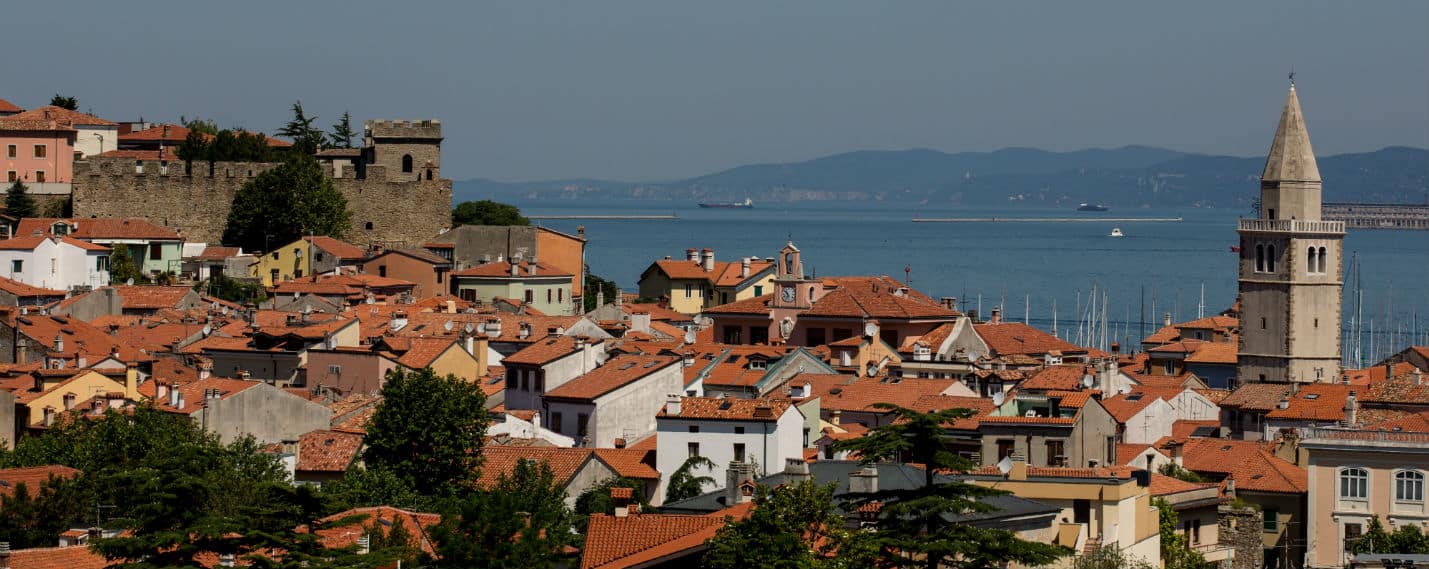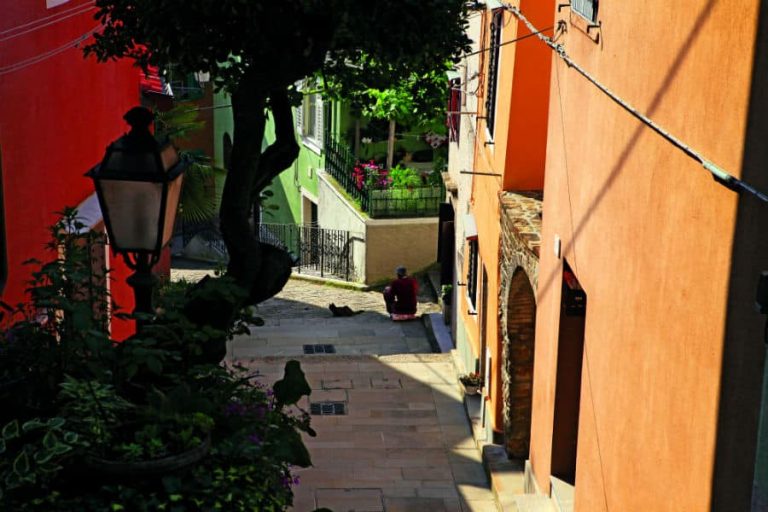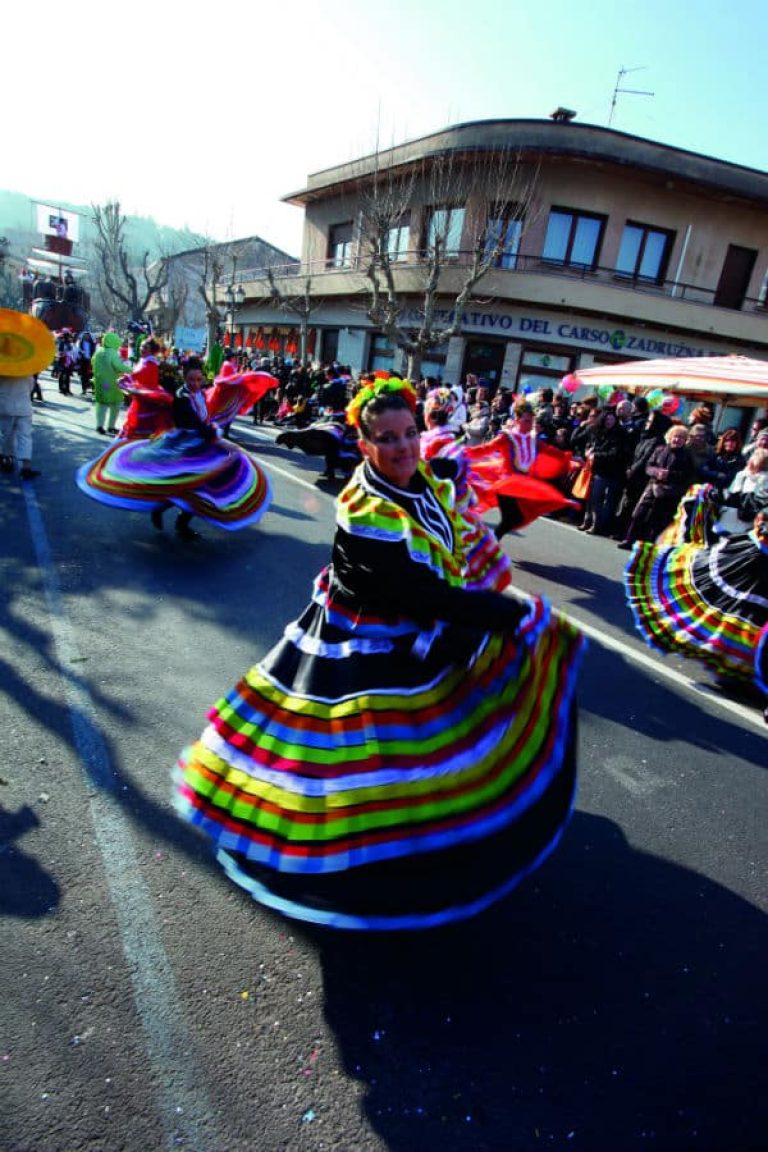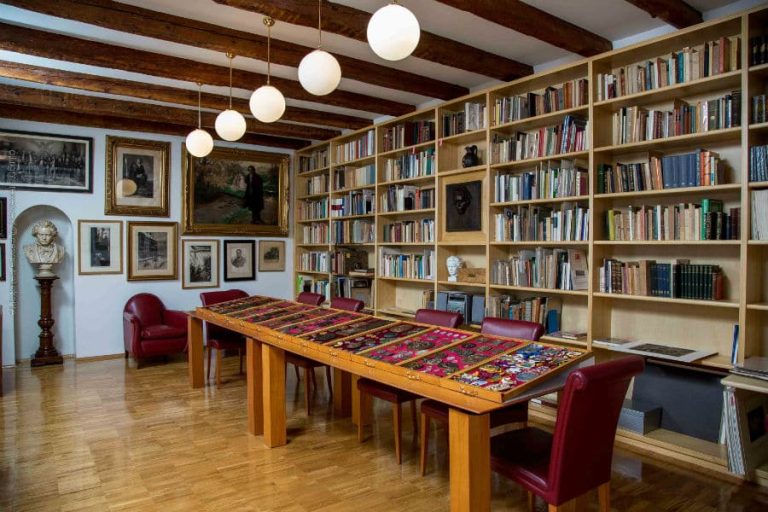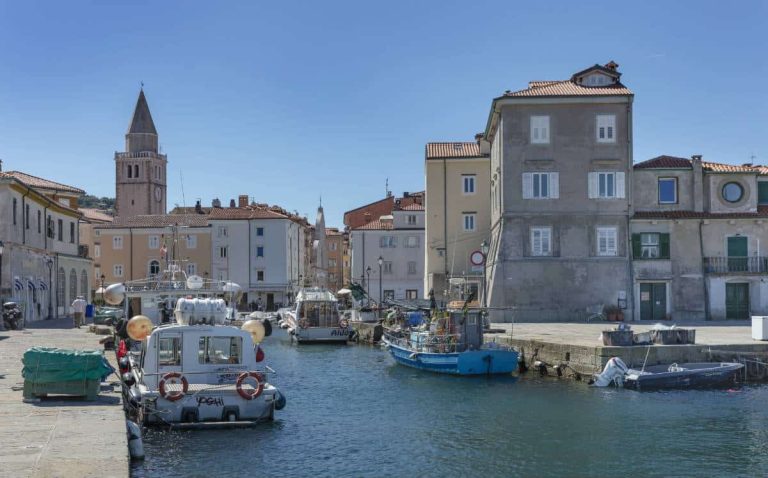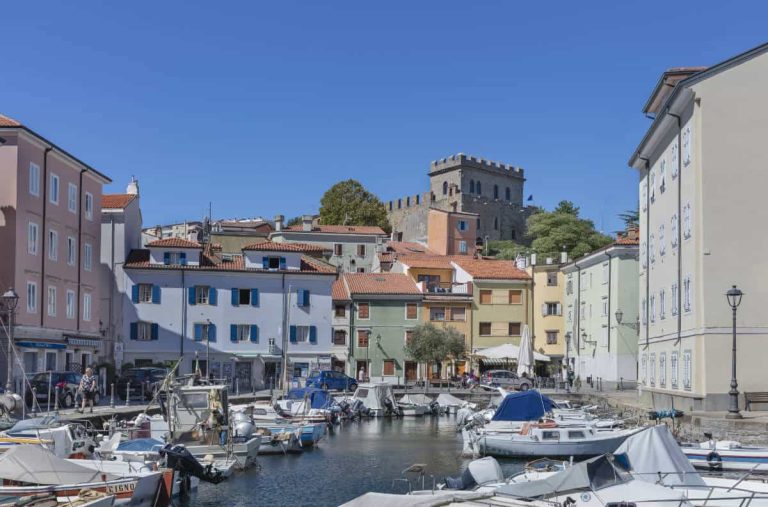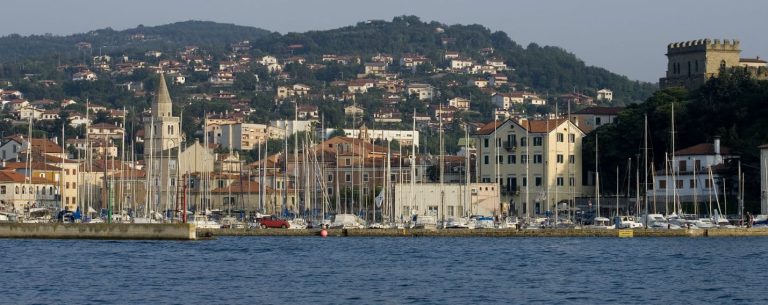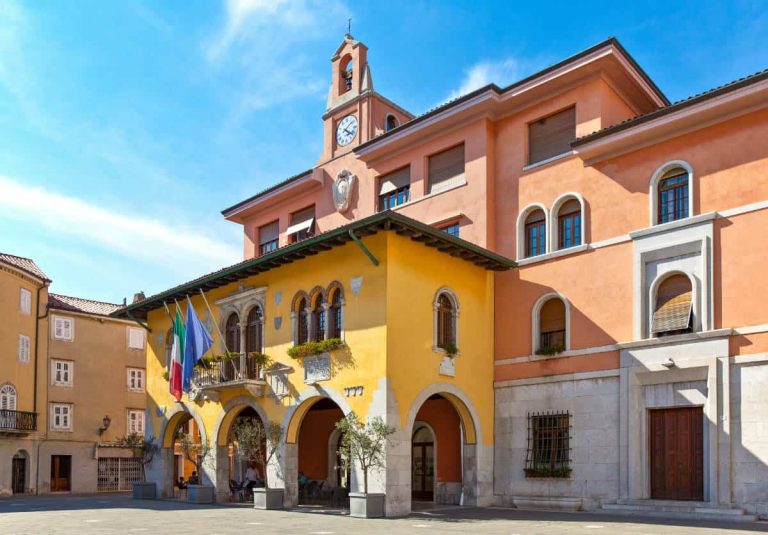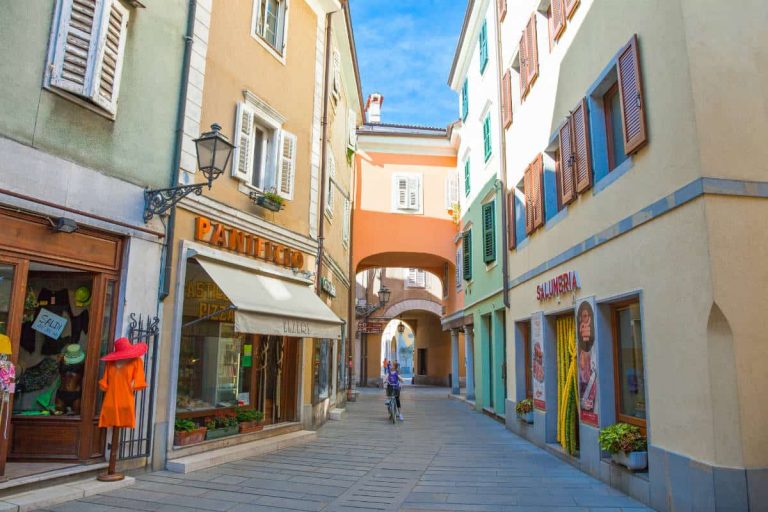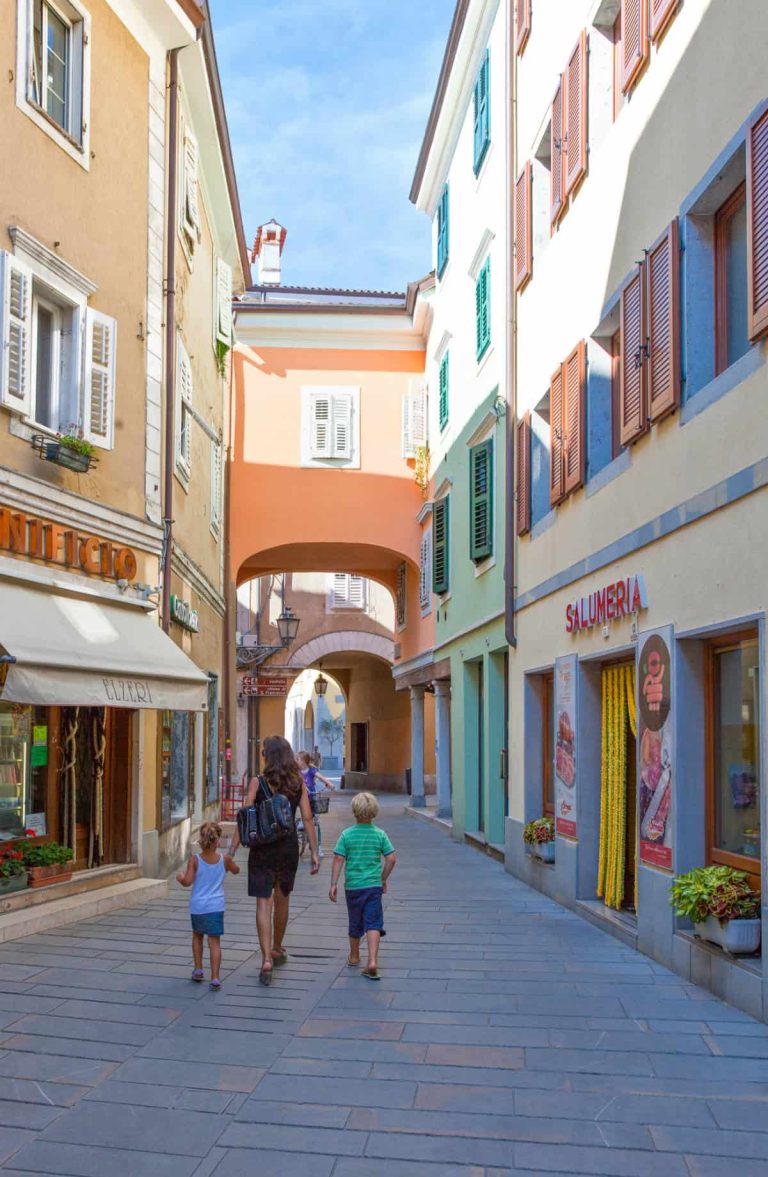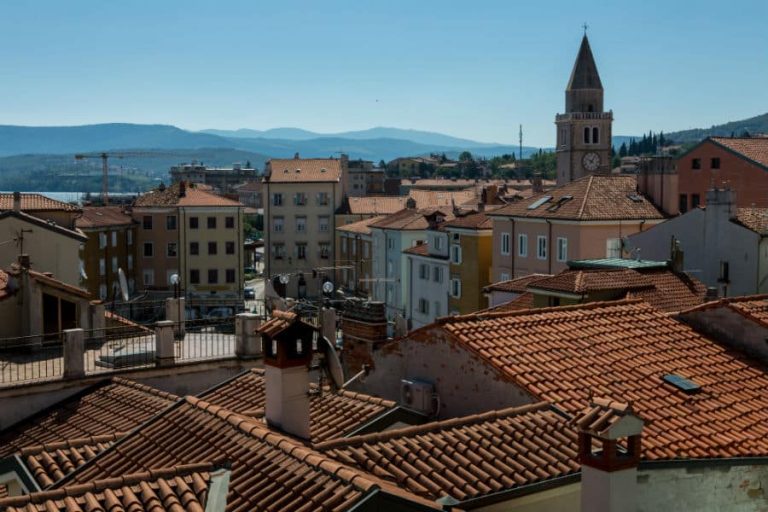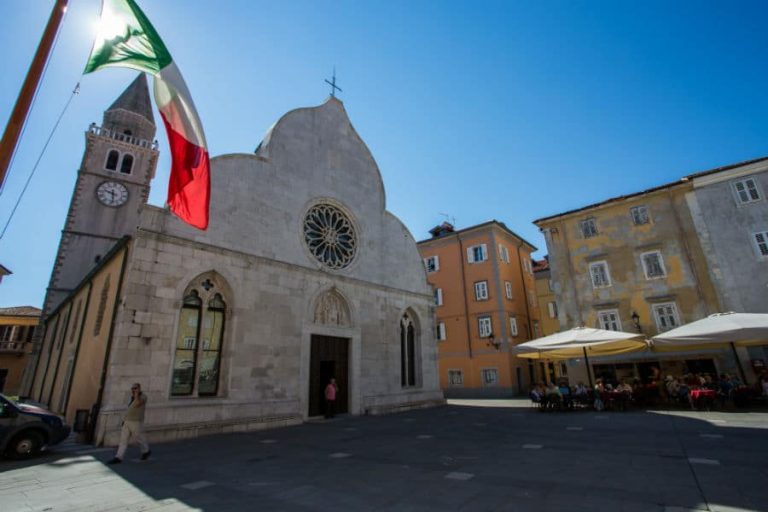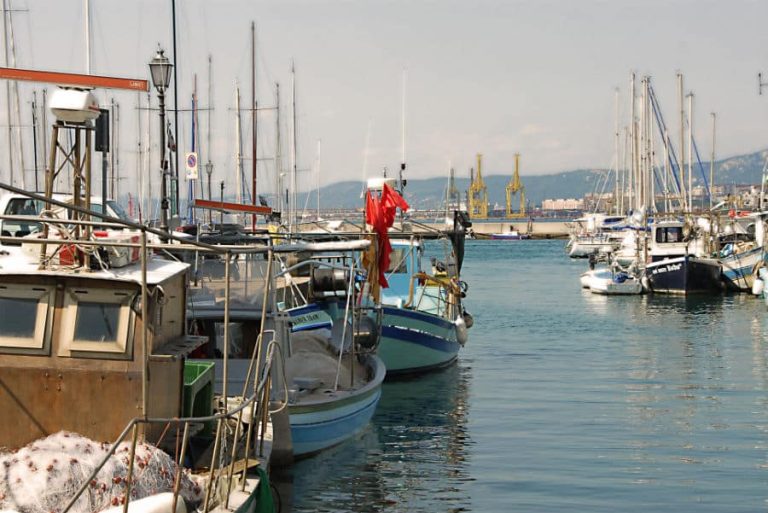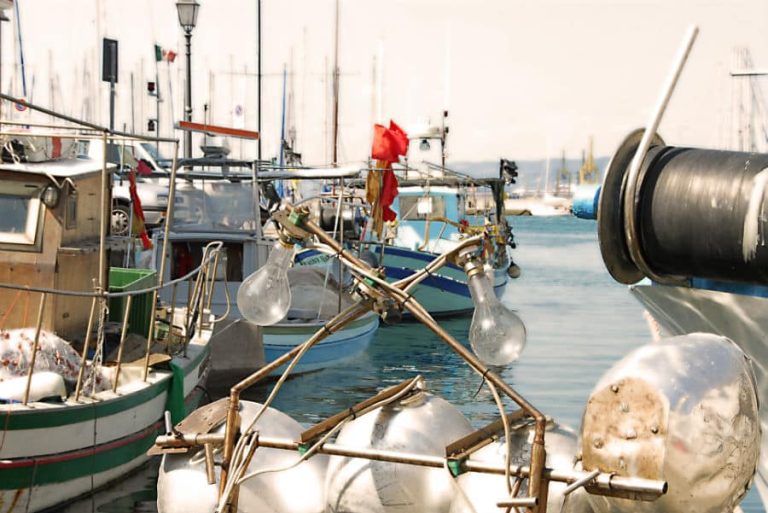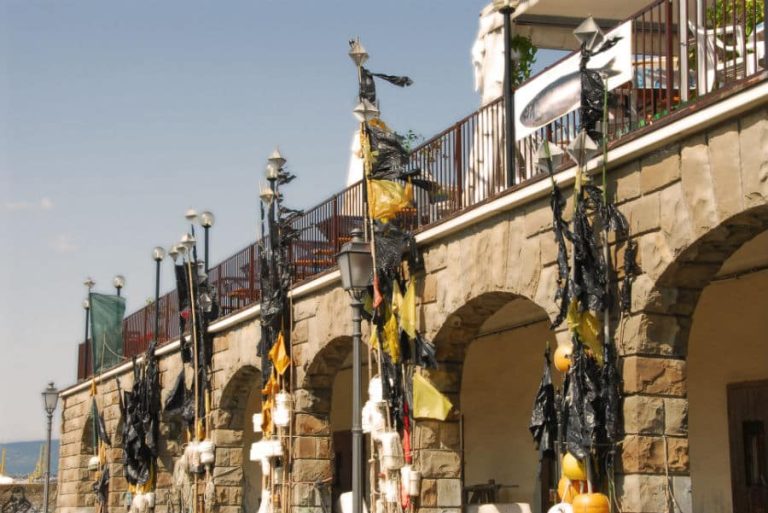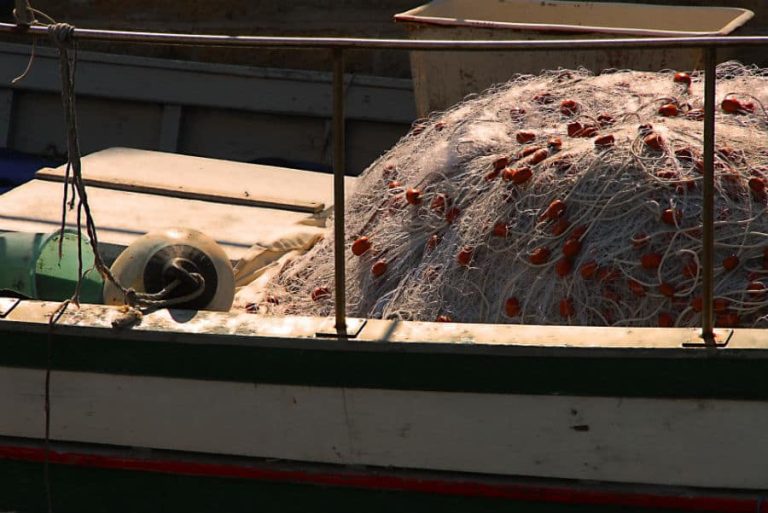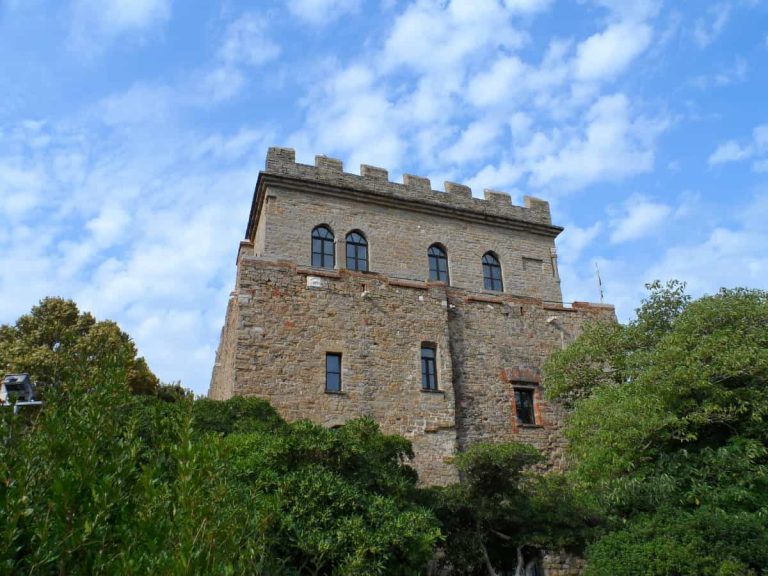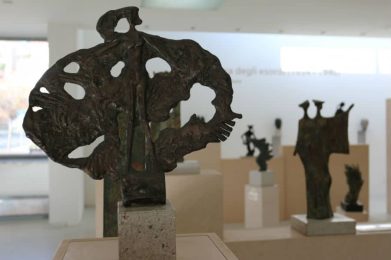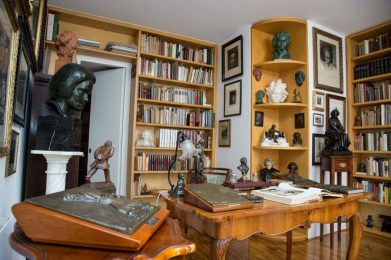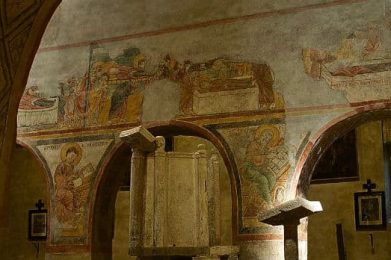An identity suspended between land and sea
Muggia is spread over hilly terrain that slopes gently toward the sea, framed by seven kilometers of coastline and a crown of green hills that separate it from the rest of the Trieste Karst. Arriving by sea, the sight is enchanting: colorful houses overlooking the dock, narrow alleys and ancient stones reflecting in the water, a small world where time seems to stand still.
The beating heart of the town is Piazza Marconi, an authentic Venetian-style urban living room dominated by the Cathedral of Saints John and Paul with its magnificent Gothic rose window and Istrian stone cladding. Next to it, the Town Hall with the Lions of St. Mark and the coats of arms of the noble families of Muggia reminds us of the centuries of ties with the Republic of Venice, whose faithful fortress Muggia was in Istria until 1797.
Ancient traces and medieval atmospheres
Muggia's origins go back to prehistoric times: the Elleri Castelliere, dating back to 1660 B.C., is one of many protohistoric settlements that tell of the territory's long past. The real historical turning point, however, occurred after the year 1000, when the inhabitants moved from the hill to the port, founding the village of Borgolauro, the original nucleus of the present center.
At the top of the promontory, amid the remains of the walls and medieval relics, the Romanesque Basilica of Santa Maria Assunta still stands in Muggia Vecchia: a suspended place from which one of the most spectacular views of the Gulf of Trieste and the territories of Istria can be admired.
Also guarding the village is the 14th-century Muggia Castle, once part of the fortified walls and now privately owned, but often enlivened by cultural events. The ancient city walls are still visible with their historic gates, including the Portizza and Porta San Rocco.
Culture, art and folk traditions
Strolling through Muggia, one breathes a love of the arts and folk traditions everywhere. Historic mansions such as the Veneta house in Calle Oberdan and the Gheffo house on Via Verdi open up among the calli, while the churches of the Crucifix and St. Francis hold valuable works of art and evidence of ancient faith.
Next to the sea are the "Ugo Carà" Museum of Modern Art, the Europa Gardens, the Art Nouveau-style Verdi Theater, the Guglia Library, and the Carnival Museum, a unique place where the memories of one of the town's most iconic events, the Carnival of Muggia, come alive. This celebration, deeply linked to Venetian tradition but contaminated by Istrian influences, is a veritable explosion of colors, floats, elaborate costumes and choreographed parades that involve the entire community.
The sea as a vocation
Muggia has always been linked to the sea, not only for fishing but also for the shipbuilding activity that marked the twentieth century and continues today with modern pleasure marinas. The tourist port of Porto San Rocco, an example of redevelopment and opening to nautical tourism, is the clearest evidence of this.
There is no shortage of beaches and bathing establishments, especially in the area of San Bartolomeo, which with its charming little harbor represents a small corner of peace a stone's throw from the center.
Muggia today
Today Muggia is a lively and dynamic village, guardian of an extraordinary historical and cultural heritage but also capable of offering services, events and immersive tourist routes. A place where identity is built in the fusion of past and present, Italy and Istria, hills and sea. A village that, although at the geographical edge of the country, is at the center of a fascinating tale to be discovered step by step.

